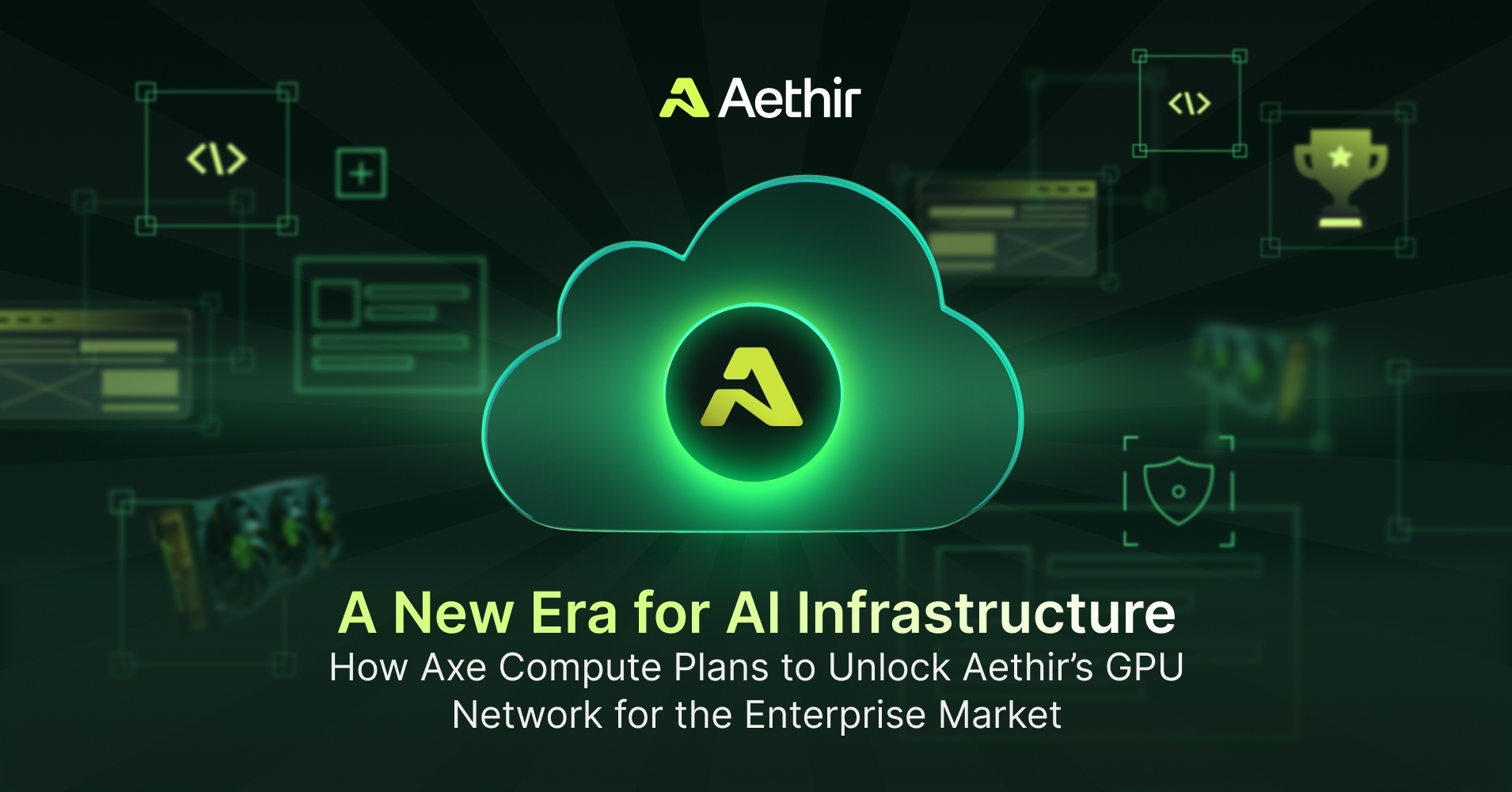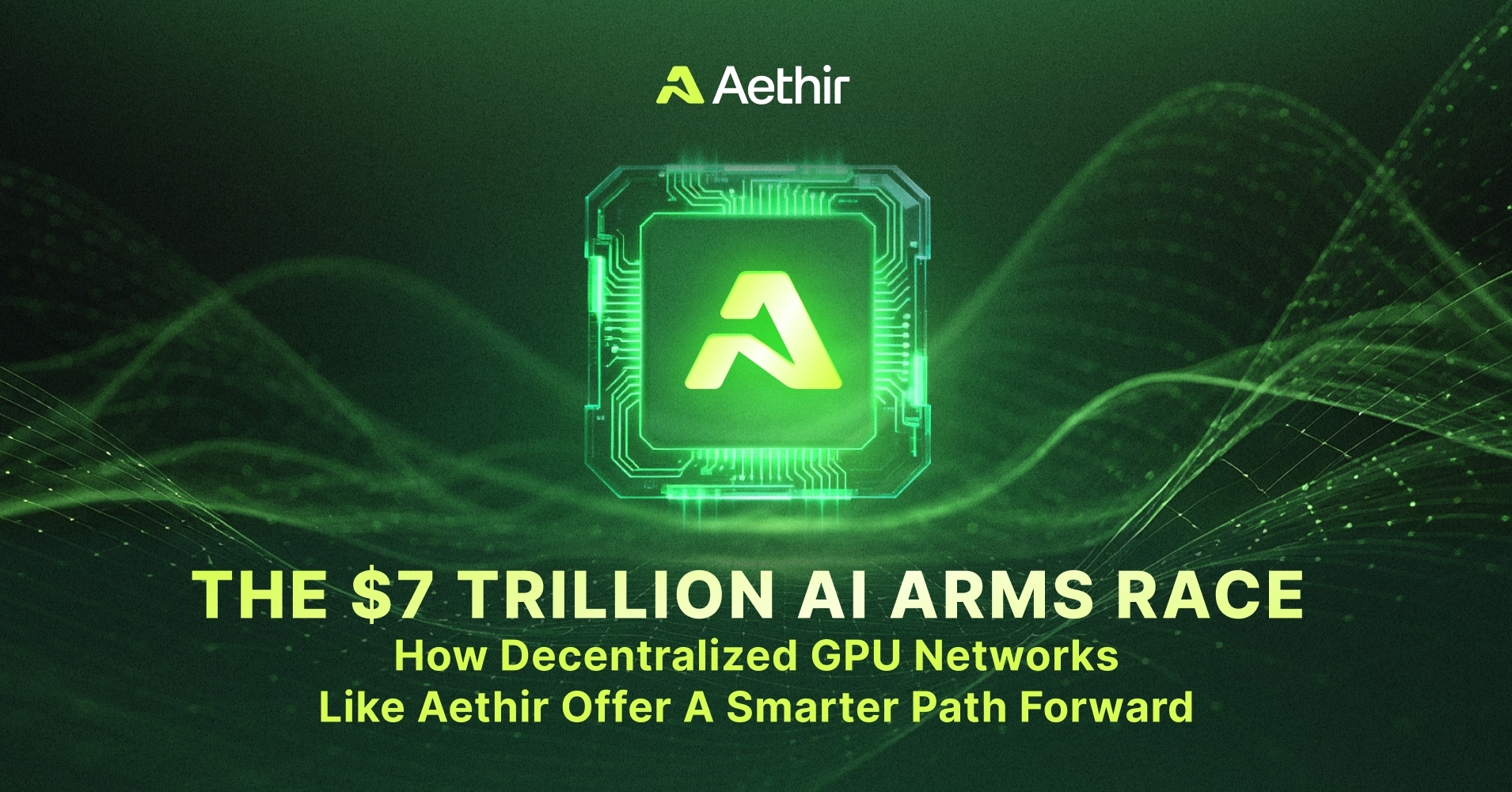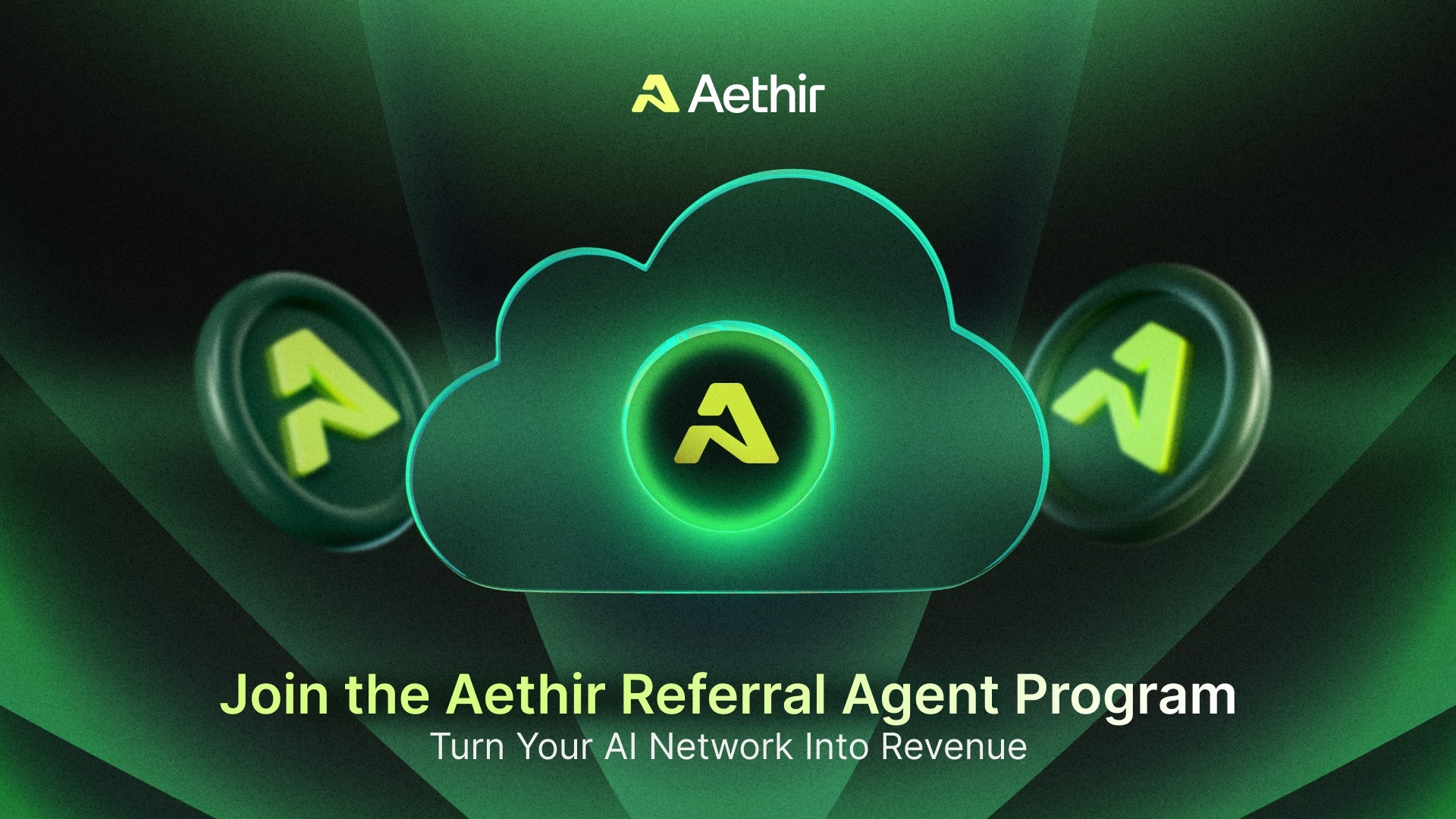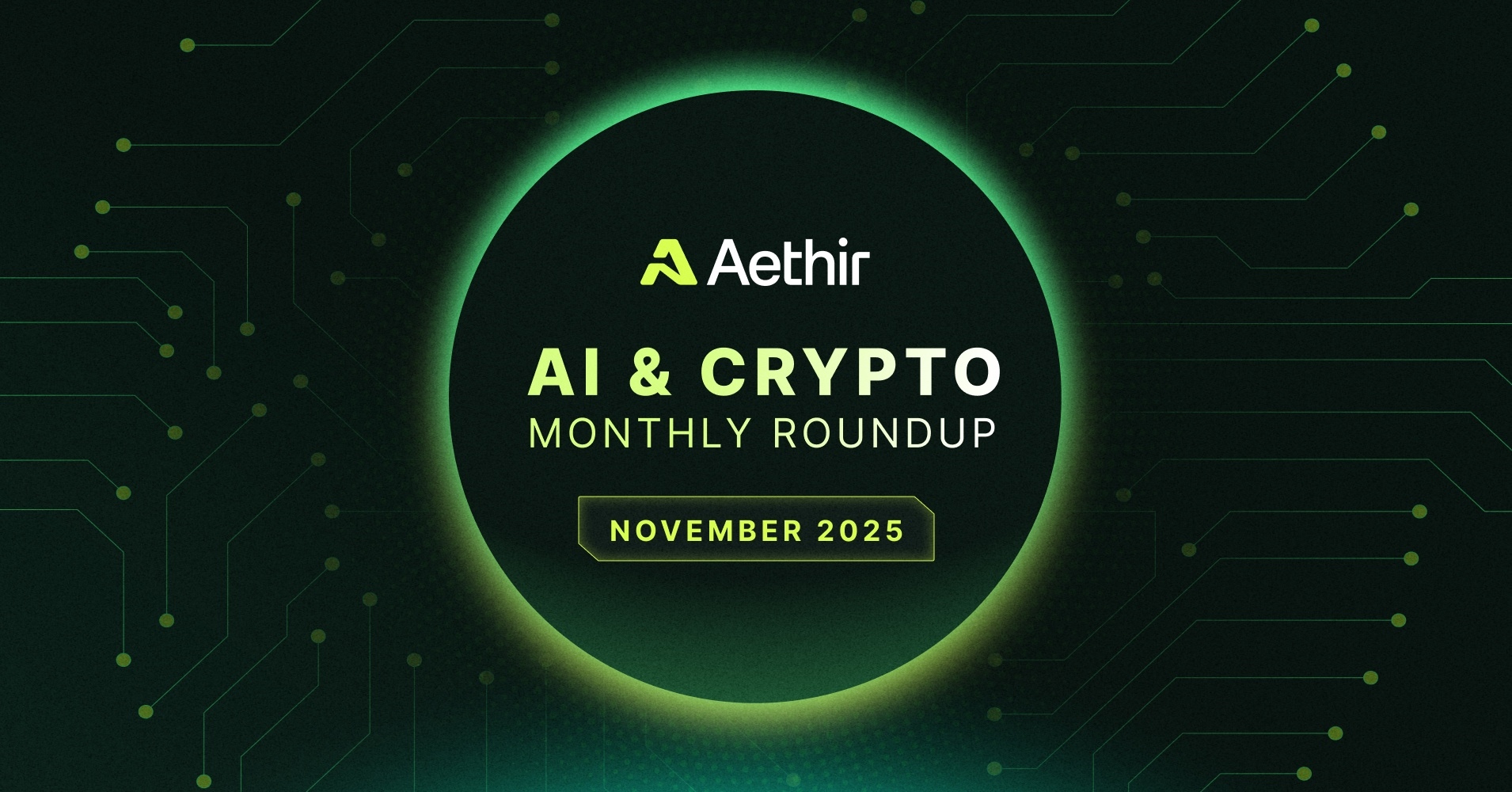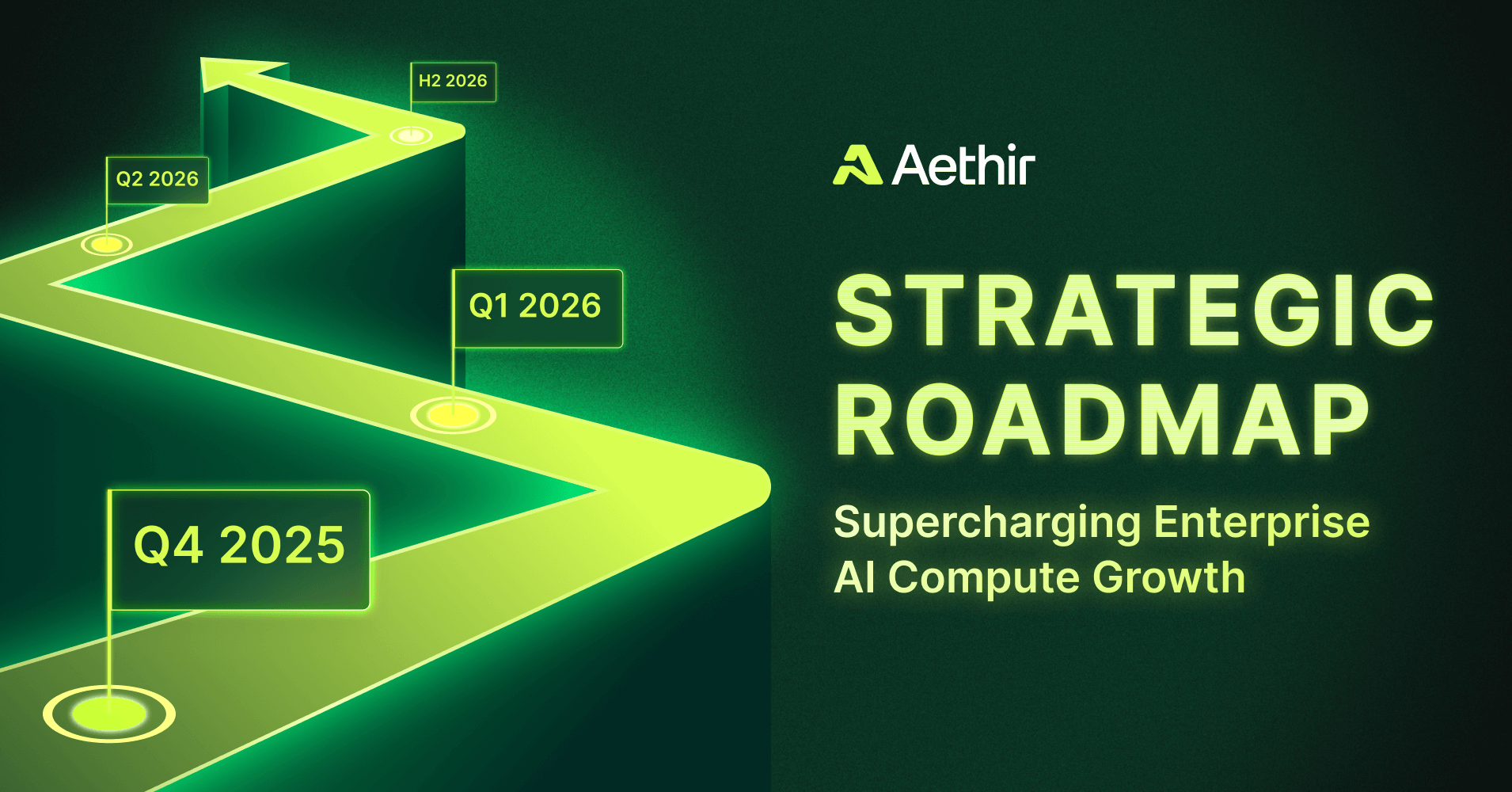Etiket fiyatların ötesinde: Bare‑metal erişim, şeffaf ek hizmet ücretleri ve kurumsal düzeyde envanter kalitesi, yapay zekâ altyapısında sektör liderlerini geride kalanlardan ayırıyor.
Yapay zekâ altyapısı manzarası kritik bir dönemeç noktasına ulaştı. Kurumlar için artık şeffaf fiyatlandırma ve ödün verilmeyen donanım kalitesi, kimlerin başarılı bir şekilde ölçekleneceğini ve kimlerin gizli ücretler veya yetersiz performans nedeniyle bütçesini erittiğini belirliyor. Teknoloji alanında yirmi yıllık tecrübem ve AI ekipleriyle yıllarca doğrudan çalışmam sonucu bu zorlukları deneyimledim; ortaya çıkan tutarlı bir desen var: sıra dışı AI firmaları ile zorluk yaşayanlar arasındaki fark, sıklıkla ilk aşamada alınan temel altyapı kararlarına dayanıyor.
Burada mesele sadece en düşük etiket fiyatı değil; bare‑metal GPU erişiminin gerçek maliyet yapısını derinlemesine anlamak ve ödeme yapıyormuşsunuz gibi görünen ek hizmetlerin proje ekonomisini nasıl etkileyebileceğini kavramaktır.
Bare‑Metal Temeli: Neden GPU Saatlik Fiyatı En Önemli Unsurdur?
Yapay zekâ altyapı maliyetleri hakkında yapılan tartışmalar genellikle gösterişli özelliklere veya marka tanınırlığına odaklanır; ama deneyimli AI mühendisleri bilir ki başarı, tek bir temel metriğe bağlıdır: bare‑metal GPU erişiminin saatlik maliyeti. Bu temel fiyat, eğitim çalışmaları için kullanılabilirliği, deneme sıklığını ve yenilik hızını belirler.
Bare‑metal erişim, doğrudan donanım erişimi sayesinde sanallaştırma kaynaklı yüzde 15–25 oranındaki performans düşüşünü ortadan kaldırır. Onlarca veya yüzlerce GPU ile çok gün süren eğitim işlerinde bu performans farkı, ciddi zaman ve maliyet kazanımları sağlar. Bare‑metal ayrıca öngörülebilir performansı garanti ederek proje planlamasını ve kaynak tahsisini doğru kılar.
Ancak mesele yalnızca saatlik ücretler değil; kurumlar Toplam Sahip Olma Maliyeti’ni (TCO) düşünür. Bare‑metal GPU erişimi daha düşük temel fiyatlar sunarken, şeffaf ek hizmetler ve tutarlı performansla verimsizlikleri azaltır ve zaman içinde TCO’yu düşürür. Örneğin, saatlik 2,50 USD’den bare‑metal H100 örnekleri sağlayan firmalar, %20 performans cezası olan 4,50 USD üzerindeki sanallaştırılmış örnekleri sadece daha iyi performans açısından değil, operasyonel verimlilik ve güvenilirlik açısından da geride bırakır.
Kalite TCO’da Kritik Rol Oynar
Donanımın güvenilir olmaması, geliştirici verimliliğini ve çalışma sürekliliğini azaltabilir — örneğin termal sınırlama veya tutarsız performans nedeniyle başarısız işler tekrar edilmek zorunda kalabilir. Bu gibi verimsizlikler doğrudan finansal kayıplara dönüşür; nitelikli geliştiriciler hata giderme ile uğraşmak yerine yeniliğe odaklanmalıdır. Gerçek, yüksek kaliteli bare‑metal erişimi sunan sağlayıcıları tercih ederek bu maliyetli tuzaklardan kaçınılabilir ve hem verimlilik hem maliyet etkinliği en üst düzeye çıkarılabilir.
Binlerce GPU saati tüketen ekipler için bu tür maliyet, kalite ve verimlilik farkları hızla katlanarak uzun vadeli başarının anahtarı hâline gelir.
Ek Hizmet Tuzakları: İşte Masrafların Patladığı Noktalar
Temel GPU fiyatlandırmasını aştığınızda, maliyetlerin hızla kontrolden çıktığı ek hizmetler labirentiyle karşılaşırsınız. Bu tür ek ücretler genellikle temel hesaplama maliyetlerini gölgede bırakır ve iş yükleri ölçeklendiğinde tahmin edilemeyen biçimde artar; bütçeleme neredeyse imkânsız hâle gelir.
Veri Transfer Ücretleri: Sessiz Bütçe Katili
Egress (çıkış) ücretleri, yapay zekâ altyapısındaki en tehlikeli gizli maliyet formlarından biridir. Flexential 2024 AI Altyapı Raporu’na göre, kuruluşların %42’si maliyet ve gizlilik endişeleri nedeniyle AI iş yüklerini genel buluttan çekti. AWS, aylık ilk 100 GB ücretsiz egress sonrası her GB için 0,05–0,09 USD ücret alırken, diğer büyük bulut sağlayıcılarında benzer yapılandırmalar bulunmakta; özellikle veri yoğun AI iş yüklerinde hızla birikebilir.
Geleneksel bulut sağlayıcıları genellikle GB başına 0,09–0,12 USD aralığında ücret talep eder; bu makul gözükebilir — ancak modern AI model eğitimi sırasında terabaytlarca veri taşınması gerekebilir. Tek bir büyük dil modeli eğitimi yüzlerce GB kontrol noktası ve log üretebilir; bu verilerin analiz veya yedekleme için taşınması gerekir. Şehirler-arası veya farklı bölgelere dağıtık eğitim önerildiğinde, ek ücretler genellikle temel hesaplama maliyetlerini aşar.
Ağ ve Depolama Premiumları
Veri transferinin ötesinde, geleneksel sağlayıcılar yüksek performanslı ağ, premium depolama katmanları ve dağıtık AI iş yükleri için gerekli özel interconnect’ler için ek ücretler uygular. InfiniBand ağı, büyük ölçekli eğitimlerde elzemdir ancak standart ağ maliyetlerinin %30–50 üzerinde ek fiyatlandırmaya tabidir.
Depolama karmaşıktır; sıcak (hot), ılık (warm) ve soğuk (cold) veri erişimi için farklı katmanlar bulunur. AI iş yükleri, eğitim sırasında sık erişim gerektiren büyük veri setleri üretir; eğitim sonrası ise bu verilere nadiren erişilir. Bu katmanları maliyet verimliliğini koruyarak yönetmek uzmanlık gerektirir; birçok ekip bu alanda yetersiz bilgiye sahip olduğundan, optimal olmayan yapılandırmalar ve beklenmedik ücretlerle karşılaşabilir.
Kurumsal Düzey Kalite: Fiyat Yarışının Ötesinde
Fiyat şeffaflığı akıllı altyapı kararlarının temeli olsa da, kalite ve güvenilirlik uzun vadeli başarıyı belirler. Kurumsal düzeyde AI altyapısı sadece rekabetçi fiyatlandırmayla yetinmez; tutarlı performans, küresel erişim ve kritik iş yüklerini destekleyen hizmet seviyeleri gerektirir.
Donanım Kalitesi ve Tutarlılık
Aynı çip özelliklerine sahip GPU örnekleri bile eşit yaratılmaz. Soğutma verimliliği, güç dağıtım stabilitesi ve interconnect kalitesi performans ve güvenilirlik üzerinde büyük etki yapar. Kurumsal sağlayıcılar, tutarlı performans için altyapıya yatırım yaparken; düşük maliyet odaklılar genellikle güvenilirliği etkileyen destek sistemlerinden tasarruf eder.
İşte Aethir’in checker node ağı burada öne çıkar. Donanım kalitesi ve tutarlılık söz konusu olduğunda, Aethir bu konuda sistematik bir güvence sağlar. Kalite yalnızca bir iddia değildir — üçüncü taraf node’lar tarafından doğrulanarak sistemin içine entegre edilir.
Bu fark, termal sınırlama, güç dalgalanmaları veya ağ kararsızlığı gibi sorunların eğitimi bozduğu veya pahalı şekilde yeniden başlatıldığı uzun eğitim süreçlerinde özellikle net görülür. Tek bir başarısız eğitim çalışması haftalarca çalışmayı ve yüz binlerce dolar compute maliyetini boşa harcayabilir; bu nedenle Aethir’in donanım kalitesine yaklaşımı sadece hoş bir özellik değil, hayati ekonomik avantajdır.
Küresel Envanter ve Erişilebilirlik
Kurumsal AI geliştirmesi, birden fazla saat dilimindeki ekipleri destekleyen küresel altyapı, veri yerleşimi ve uygunluk gereksinimlerini karşılamalıdır. Farklı coğrafi bölgelerde aynı iş yüklerini tutarlı performans ve fiyatlandırmayla dağıtabilme kabiliyeti büyük rekabet avantajıdır.
Aethir’in küresel dağıtılmış ağı bu yaklaşımın örneğini sunar: dünya çapında 20+ konumda kurumsal düzey GPU erişimi, tutarlı fiyat ve performans sunar. Envanterlerinde kurumsal sınıf NVIDIA GPU’lar — H100, H200 ve yakında B200’ler — sertifikalı Tier 3 ve Tier 4 veri merkezlerinde yer alır. Bu sayede Web2 firmaları, garaj veya bodrum gibi düzensiz ortamlardan gelen tüketici sınıfı GPU’lar yerine üst düzey, güvenilir donanıma eriştiklerinden emin olabilir.
Dağıtılmış model coğrafi kapsama dışında avantajlar da sunar. Yerel dağıtım, veri yoğun iş yüklerinde gecikmeyi azaltırken, global dağıtım doğal afet kurtarımı sağlar. Ekipler kapasite ya da maliyet optimizasyonuna göre bölgeler arasında iş yüklerini performanstan ödün vermeden sorunsuzca taşıyabilir.
Hizmet Düzeyi Mükemmelliği: Altyapının Çarpan Etkisi
Kurumsal AI altyapısı yalnızca donanımdan ibaret değildir; aynı zamanda üretken geliştirme iş akışlarını mümkün kılan hizmet seviyelerini kapsar. Yanıt süreleri, teknik destek kalitesi ve operasyonel şeffaflık çoğu zaman hammadde performans özelliklerinden daha kritik belirleyicilerdir.
7/24 Destek ve Kurumsal SLA’lar
AI geliştirme geleneksel çalışma saatlerine bağlı değildir. Eğitim süreçleri çoğu zaman hafta sonları başlar; kritik sorunlar çok‑gün süren eğitim döngülerinin herhangi bir anında ortaya çıkabilir. Kurumsal sağlayıcılar 7/24 teknik destek, hızlı yanıt süreleri ve aciliyetle uyumlu yükseltme prosedürleri sunar.
Aethir’in yaklaşımı, hızlı yanıt süreleri ve özel teknik hesap yönetimi ile kurumsal düzey SLA’ları içerir. Destek modeli, AI iş yüklerinin dağıtık eğitim, model optimizasyonu ve performans ayarı gibi geleneksel buluttan farklı uzmanlık gerektirdiğini kabul eder.
Şeffaf Operasyonlar ve İzleme
Kurumsal ekiplerde altyapı performansı ve potansiyel sorunlara dair görünürlük; bunlar eğitim çalışmaları etkilenmeden önce elde edilmelidir. Bu, GPU kullanım oranı, ağ performansı ve depolama I/O’su hakkında gerçek‑zamanlı izleme ile birlikte, olası donanım sorunları için öngörülü uyarıları içerir.
Aethir’in dağıtılmış ağ yapısı; 90.000’den fazla checker node sayesinde donanım performansı ve kullanılabilirliğini sürekli doğrulama imkânı sunar. Bu operasyonel şeffaflık düzeyi, ekiplerin iş yükü yerleştirme ve kaynak tahsisi konusunda bilinçli kararlar almalarını sağlar.
Tokenomik Avantaj: Ekonomik Teşviklerin Hizalanması
Dağıtılmış GPU ağlarının en yenilikçi yanı, sağlayıcılar ve tüketiciler için fayda sağlayan tokenomik modelleridir. Geleneksel bulut sağlayıcılarıyla sıklıkla karşılaşılan karşıt ilişki yerine, tokenomik yaklaşımlar tüm katılımcıları optimal kaynak kullanımı ve rekabetçi fiyatlandırma yönünde hizalar.
Token stake mekanizmaları, GPU sağlayıcıların yüksek hizmet seviyelerini korumasını sağlar; düşük performans durumunda stake edilen token’larda kesintiler uygulanır. Bu durum, geleneksel merkezi sağlayıcıların yüksek maliyetlerle sağladığı kalite kontrolü doğal olarak geçer.
Dağıtılmış pazar modeli, arz ve talebi yansıtan bir fiyat keşfi mekanizması sağlar; tekelleşmiş sağlayıcıların belirlediği keyfi fiyat katmanlarından uzak durur. Yüksek talep dönemlerinde fiyatlar kademeli olarak ayarlanır; kullanıcılar yüzde 200–300 ek ücrete maruz kalan premium katmanlara zorlanmaz.
Uzun Vadeli Başarı İçin Stratejik Altyapı Kararları
Gelecek nesil AI inovasyonunu yönlendiren şirketlerin ortak özelliği: altyapıyı bir maliyet girdisi olarak değil stratejik bir avantaj olarak görmeleri. Bu yaklaşım, yalnızca maliyet karşılaştırmalarının ötesine geçilmesini ve fiyat şeffaflığı, kalite ve hizmet seviyelerinin bütünsel değerlendirilmesini gerektirir.
Akıllı altyapı kararları; gerçek bare‑metal fiyatlandırması ve tüm ek hizmet maliyetlerini içeren eksiksiz maliyet yapısını anlamakla başlar. Sürdürülebilir birim ekonomisi yakalayan ekipler, genellikle H100 erişiminin saatlik 1,25 USD’den başladığı, çıkış (egress) ücreti olmayan ve ölçekleme maliyetleri öngörülebilir sağlayıcılarla çalışır.
Kalite değerlendirmesi yalnızca donanım özellikleriyle sınırlı değildir; coğrafi erişim, izleme yetenekleri, destek kalitesi ve kritik iş yüklerinde çalışma süresi koruma geçmişi gibi hizmet sunum modelini de kapsar.
En başarılı AI ekipleri, sağlayıcılarla yalnızca tedarikçi–müşteri ilişkisine dayalı değil; stratejik ortaklara dönüşen ilişkiler kurar. Bu ilişkiler; altyapı yapılandırmalarını birlikte optimize etme, yeni donanım nesillerine erken erişim ve iş büyümesi ile uyumlu fiyat modelleri sağlar—başarının önünü açar, onu cezalandırmaz.
Sürdürülebilir Yapay Zekâ Ekonomisi İnşa Etmek
Donanım verimliliği, ağ teknolojileri ve kaynak tahsis modellerindeki gelişmelerle, AI altyapı manzarası hızla evriliyor. Uzun vadeli başarı için pozisyon alan şirketler, kısa vadeli kolaylık yerine sürdürülebilir ekonomik temellere dayalı altyapı kararları veriyor.
Sürdürülebilirlik, aşağıdaki nitelikleri sunan altyapı ortaklarını gerektirir:
- Doğru finansal planlama için fiyat şeffaflığı.
- Ölçekli tutarlı performans sunan yüksek kaliteli donanım.
- Yeniliğe imkan veren hizmet modelleri, onu kısıtlamayan değil destekleyen.
- Dağıtılmış ağlar gibi, iş büyümesiyle birlikte ölçeklenen çözümler.
Bugün altyapı değerlendirmesi yapan AI ekipleri için bazı anahtar çıkarımlar:
- Rekabetçi bare‑metal fiyatlandırma ve şeffaf maliyet yapıları sunan sağlayıcıları önceliklendirin.
- Küresel dağıtımlarda kurumsal düzey kaliteyi garanti edin.
- Büyümenizle birlikte verimli şekilde ölçeklenen altyapıyı tercih edin.
Burada verilen kararlar, şirketinizin başarılı olup olmayacağını belirleyecek. AI altyapınızı geleceğe hazırlamak ister misiniz? Aethir’in nasıl daha akıllıca ölçeklenebileceğinize dair destek sağlayabileceğini öğrenmek için bugün bizimle iletişime geçebilirsiniz.
Detaylı fiyat karşılaştırmaları ve teknik özellikler için Aethir’in kurumsal fiyatlama sayfasını ziyaret edebilir, dağıtılmış GPU ağlarının AI altyapı stratejinizi nasıl dönüştürebileceğini keşfedebilir ve hesaplamaya erişebilirsiniz.


